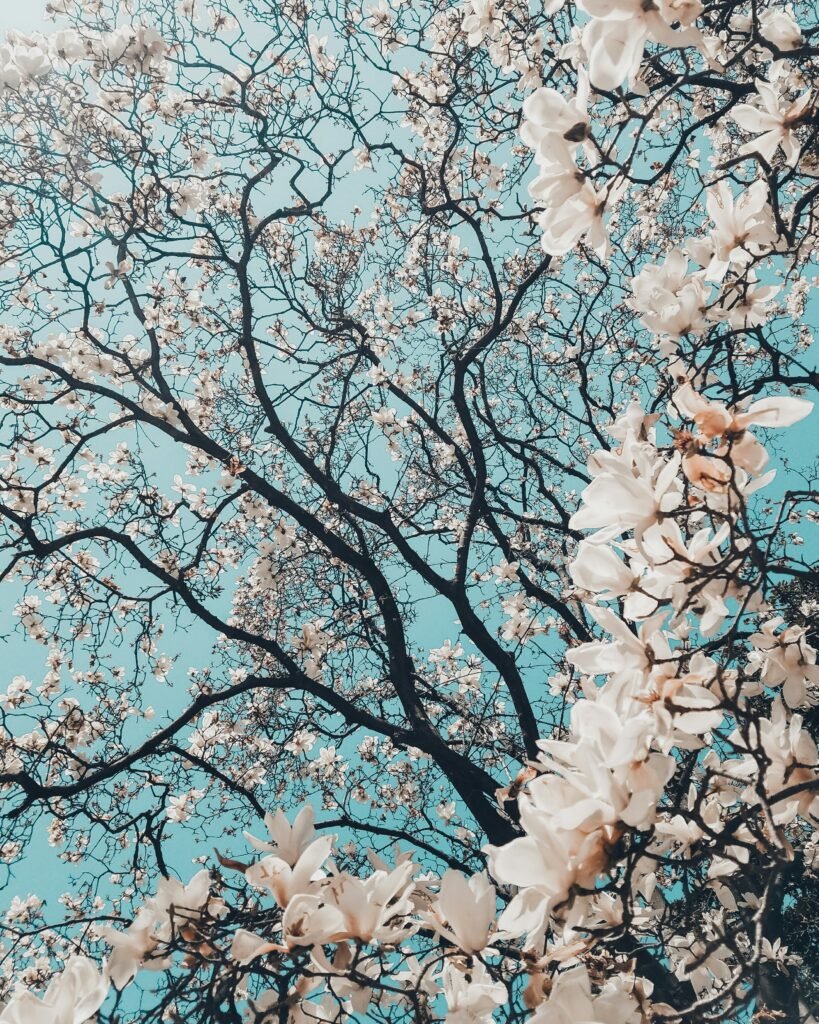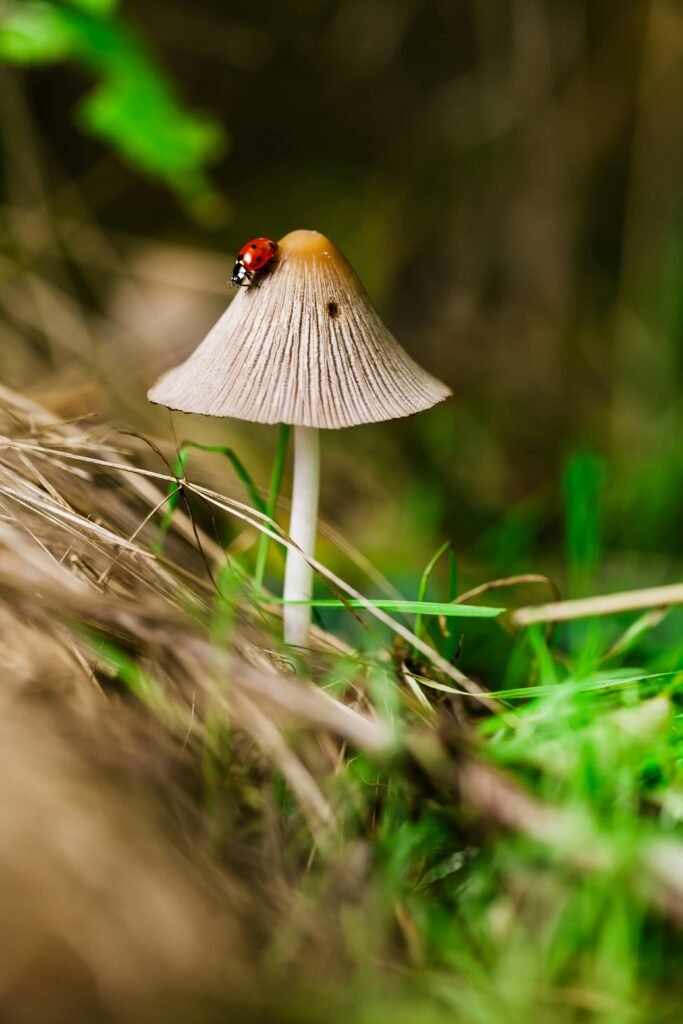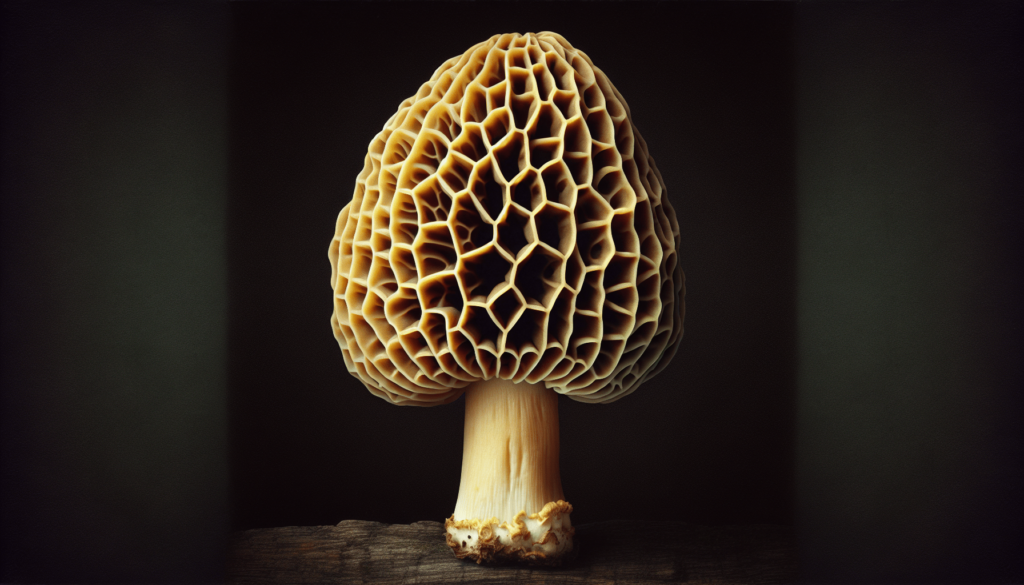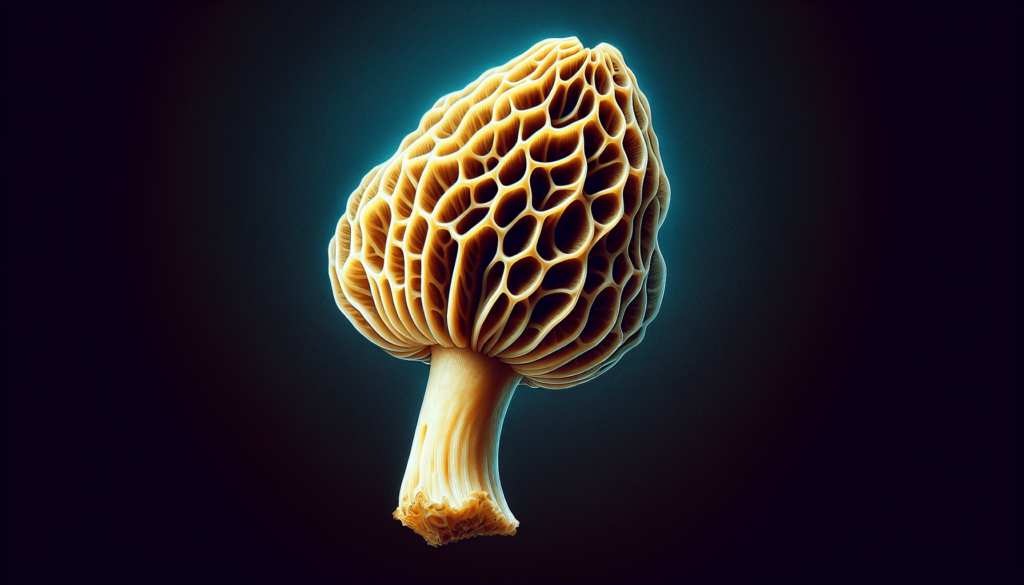You would be hard-pressed to find a more elusive and coveted mushroom than the morel. With its distinctive honeycomb appearance and earthy flavor, these delicacies have captured the hearts and palates of foragers and chefs alike. But what is it about morels that make them so highly prized? From their short and mysterious growing season to their unique taste and culinary versatility, this article explores the allure of morels and why they are considered a culinary treasure.
Uniqueness and Rarity
Distinctive Appearance
One of the main reasons why morels are so prized is because of their distinctive appearance. These edible fungi have a unique honeycomb-like cap with a wrinkled and pitted texture. Their elongated shape and earthy color make them easily recognizable among other mushrooms. This distinctiveness adds to the allure and excitement of finding morels in the wild.
Elusive Nature
Morels are known for being elusive. They grow in specific habitats and are not found year-round. This makes them quite rare and difficult to find. Morel hunting becomes a thrilling adventure as you search through forests and woodlands, hoping to stumble upon these hidden treasures. The challenge of finding morels adds to their value and makes the experience even more rewarding.
Limited Season
Another factor that contributes to the desirability of morels is their limited season. They typically emerge in the spring, usually between March and May, depending on the region and weather conditions. This short window of availability adds a sense of urgency and excitement, as morel enthusiasts eagerly await the arrival of this culinary delicacy each year. The limited season further enhances their rarity and makes them even more coveted.
Culinary Delicacy
Distinctive Flavor Profile
Morels are prized for their unique and robust flavor. They have a rich, earthy taste that is often described as nutty, meaty, and slightly smoky. This distinctive flavor sets them apart from other mushrooms and makes them a highly sought-after ingredient in many gourmet dishes. Whether sautéed, grilled, or used in sauces and soups, morels add a depth of flavor that elevates any dish they are a part of.
Versatility in Cooking
One of the reasons why morels are so highly prized in the culinary world is their versatility in cooking. They can be enjoyed in various ways, such as simply sautéed with butter and garlic, incorporated into pasta dishes, stuffed with flavorful fillings, or used as a topping for pizzas and omelets. Morels can enhance the taste and texture of a wide range of recipes, making them a favorite among both professional chefs and home cooks.
Enhancing Other Ingredients
Morels have a remarkable ability to enhance the flavors of other ingredients they are paired with. They have a natural affinity for ingredients like cream, butter, garlic, thyme, and wine, complementing their flavors and creating a harmonious blend. When combined with proteins like chicken, beef, or seafood, morels add depth and complexity to the dish. This ability to enhance and elevate other ingredients contributes to the high regard in which morels are held in the culinary world.

Foraging Adventure
Thrill of the Hunt
Foraging for morels is an exhilarating and rewarding experience. It’s a thrilling hunt filled with anticipation and excitement as you explore forests, meadows, and other natural habitats, searching for these elusive fungi. The thrill of the hunt, the joy of discovering a hidden patch of morels, and the satisfaction of filling your basket with these treasures create a unique connection with nature and an unforgettable adventure.
Connects with Nature
Foraging for morels is a way to connect with nature on a deeper level. It encourages you to observe and appreciate the natural environment, to be mindful of the changing seasons, and to develop a keen eye for patterns and details. It allows you to explore the beauty of the outdoors while immersing yourself in the tranquility and peacefulness of nature. Morel hunting provides a unique opportunity to step away from the hustle and bustle of daily life and embrace the serenity of the natural world.
Sense of Achievement
Finding morels in the wild is an accomplishment that instills a sense of achievement. It requires knowledge, patience, and a bit of luck to successfully locate these elusive mushrooms. The feeling of accomplishment and pride that comes with successfully foraging for morels is unparalleled. It is a testament to your skills as a forager and a source of great satisfaction. The sense of achievement further enhances the enjoyment and appreciation of morels.
Nutritional Value
Rich in Antioxidants
Morels are not only delicious but also packed with nutritional benefits. They are rich in antioxidants, which help protect the body against harmful free radicals and reduce oxidative stress. Antioxidants play a crucial role in maintaining overall health and well-being, making morels a valuable addition to a balanced diet.
Good Source of Vitamins
Morels are a good source of essential vitamins. They are particularly rich in vitamin D, which is necessary for maintaining healthy bones, boosting the immune system, and improving overall mental well-being. Morels also contain vitamins B2 and B3, which aid in energy metabolism and support cellular functions.
Beneficial Minerals
In addition to vitamins, morels are also a good source of minerals. They contain important minerals like copper, manganese, and phosphorus, which are essential for various physiological functions in the body. These minerals contribute to bone health, energy production, and proper nutrient absorption, making morels a valuable addition to a healthy diet.

Health Benefits
Boosts Immune System
Consuming morels can help boost the immune system due to their high antioxidant content and vitamin D levels. Antioxidants help protect the body against infections and diseases by neutralizing harmful free radicals. Vitamin D is also known to play a crucial role in maintaining a properly functioning immune system. Including morels in your diet can contribute to a stronger immune system and overall better health.
Weight Management
Morels are a low-calorie food option that can aid in weight management. They are rich in fiber, which helps keep you feeling full for longer periods, reducing the chances of overeating. Additionally, morels are low in fat and cholesterol, making them an excellent choice for those trying to maintain a healthy weight or lose excess pounds.
Anti-inflammatory Properties
Research indicates that morels possess anti-inflammatory properties that can benefit overall health. Chronic inflammation is believed to contribute to various health issues, including heart disease, diabetes, and certain types of cancer. The presence of bioactive compounds in morels may help reduce inflammation and mitigate the risk of these diseases. Incorporating morels into your diet may have a positive impact on your overall well-being.
Cultural and Historical Significance
Traditional Ingredient in Cuisine
Morels have a long-standing presence in traditional cuisines around the world. They are highly regarded and valued in culinary traditions, finding their place in both everyday meals and special occasions. Morels have been cherished as a valuable ingredient for generations, and their use in traditional dishes continues to be celebrated and enjoyed to this day.
Ethnobotanical Uses
Beyond culinary uses, morels have also played a significant role in ethnobotany—the study of how plants are used by different cultures. In some indigenous cultures, morels have been used for medicinal purposes, believed to possess healing properties for various ailments. The exploration of their ethnobotanical uses provides insights into the cultural significance and deep-rooted history associated with these remarkable mushrooms.
Folklore and Legends
Morels have a rich folklore and are steeped in legends and stories in many cultures. They have been associated with mystical properties and thought to bring luck and prosperity to those who find them. In folklore, morels have been linked to supernatural beings and have been considered a gift from the spirits of the forest. These mythical tales and legends add to the mystique and enchantment surrounding morels.

Economic Importance
High Market Value
Due to their uniqueness, limited season, and culinary desirability, morels have a high market value. The demand for these mushrooms far exceeds their availability, leading to significant prices in the marketplace. Morels are considered a luxury ingredient, sought after by fine dining establishments, gourmet chefs, and discerning consumers willing to pay a premium for their exceptional flavor and rarity.
Supports Local Economies
The commercial harvesting and sale of morels provide economic opportunities for communities in regions where they grow. Morel hunting can be a valuable source of income for individuals who have expertise in locating and harvesting these mushrooms. The demand for fresh morels encourages the growth of small businesses, such as foragers, sellers, and suppliers, supporting local economies and creating sustainable livelihoods.
Increases Tourism
The allure of morels and the excitement of foraging adventures drive nature enthusiasts and food lovers to explore regions where these mushrooms thrive. The quest for morels has become a popular activity for both locals and tourists, promoting ecotourism and generating economic activity in the areas where morels are found. This increased interest in foraging tourism boosts local economies, creates employment opportunities, and helps preserve natural habitats.
Artistic Appeal
Photography Subjects
Morels, with their distinctive appearance and intricate textures, make captivating subjects for photography. The unique honeycomb-like caps and intricate details of morels are visually appealing, and capturing them through the lens of a camera allows you to showcase their beauty. The artistic allure of morel photography lies in the ability to highlight their forms, textures, and natural patterns, creating stunning images that are appreciated by photography enthusiasts.
Inspirations for Artwork
The visual appeal of morels extends beyond photography and inspires artists across various mediums. Painters, sculptors, and other creatives find inspiration in the unique shapes, textures, and colors of morels. Their delicate yet robust appearance can be translated into artwork that captures the essence of these mushrooms and evokes a sense of wonder and appreciation for nature’s beauty.
Symbolic Representations
Morels have symbolic significance in various cultures and artistic expressions. They are often associated with themes of growth, regeneration, and the cyclical nature of life. Morels symbolize the emergence of new beginnings, the discovery of hidden treasures, and the rewards that come with patience and perseverance. These symbolic representations make morels a subject of interest for artists seeking to convey deeper meanings through their work.

Environmental Indicators
Bioindicators of Ecosystem Health
Morels play a crucial role as bioindicators, reflecting the health and vitality of ecosystems. Their presence or absence can provide valuable information about the ecological balance and overall well-being of a particular habitat. Morels require specific environmental conditions to thrive and are sensitive to changes in temperature, humidity, and soil composition. Monitoring the abundance and distribution of morels can aid in assessing the health of ecosystems and guiding conservation efforts.
Sensitive to Environmental Changes
As sensitive organisms, morels are affected by environmental changes, such as deforestation, pollution, and climate change. Their limited season and specific habitat requirements make them vulnerable to alterations in their natural surroundings. By studying the patterns and behavior of morels, scientists gain insights into the impact of environmental changes on ecosystems and the need for conservation measures to protect these valuable fungi.
Can Aid in Conservation Efforts
The conservation of morel habitats and populations is crucial for maintaining their ecological balance and preserving biodiversity. By recognizing the environmental indicators associated with morels, conservationists and policymakers can implement effective measures to protect these valuable mushrooms and the ecosystems they inhabit. Conservation efforts can include habitat preservation, sustainable harvesting practices, and raising awareness about the significance of morels in maintaining ecosystem health.
Cultivation Challenges
Difficulty in Replication
Despite efforts to cultivate morels in controlled environments, replicating their natural growth conditions has proven to be a significant challenge. Morels have intricate life cycles, relying on specific microbial associations and environmental cues for successful cultivation. Replicating these complex interactions in artificial settings has proven elusive, making large-scale cultivation difficult. The inherent complexity of morel cultivation adds to their desirability and underscores the value of wild-foraged morels.
Requires Specific Conditions
Morels have specific requirements for growth, including specific soil conditions, temperature ranges, and moisture levels. They often associate with particular tree species, forming mycorrhizal relationships. Meeting these conditions in cultivation is challenging and demanding. Although progress has been made in recent years, with some success in cultivating morels, it remains a specialized and labor-intensive process, limiting their availability.
Long Maturation Period
Another challenge in morel cultivation is their long maturation period. From spore germination to the development of mature fruiting bodies, morels can take several months to a year or more to reach harvestable stages. This extended timeline makes commercial cultivation of morels a time-consuming and patience-demanding endeavor. The long maturation period further contributes to the uniqueness and rarity of morels, as their availability is predominantly dependent on wild-foraging practices.
In conclusion, the morel mushroom’s uniqueness, culinary delicacy, foraging adventure, nutritional value, health benefits, cultural and historical significance, economic importance, artistic appeal, environmental indicators, and cultivation challenges all contribute to why morels are so prized. From their distinctive appearance and versatile flavor profile to their cultural significance and environmental importance, morels embody a world of intrigue and fascination. Whether you’re a food enthusiast, a nature lover, or an artist seeking inspiration, the allure and value of morels cannot be overstated. So, venture into the wilderness, embrace the thrill of the hunt, and enjoy the unrivaled experience of savoring these treasured mushrooms.

